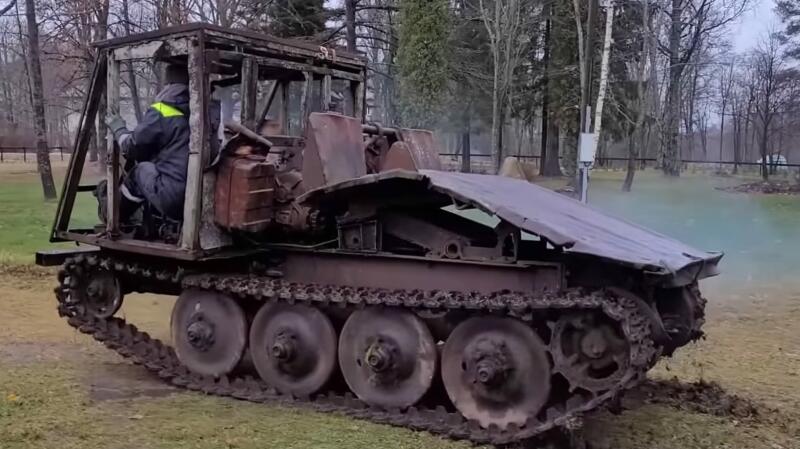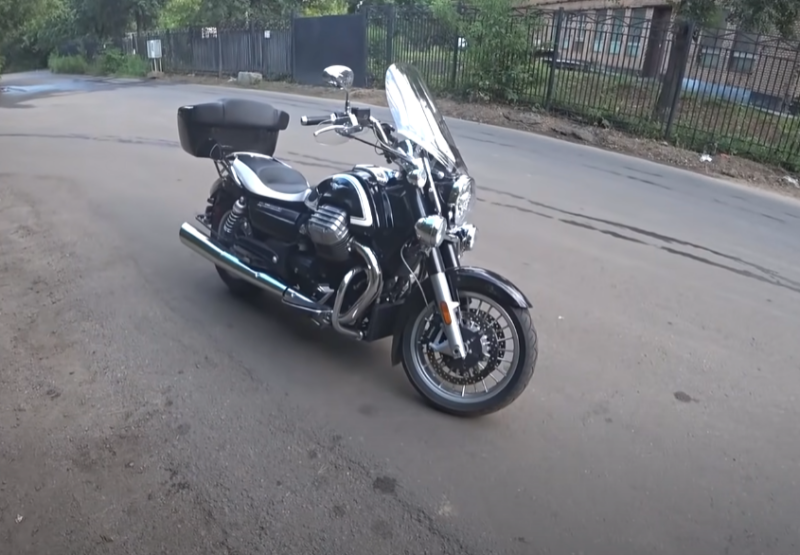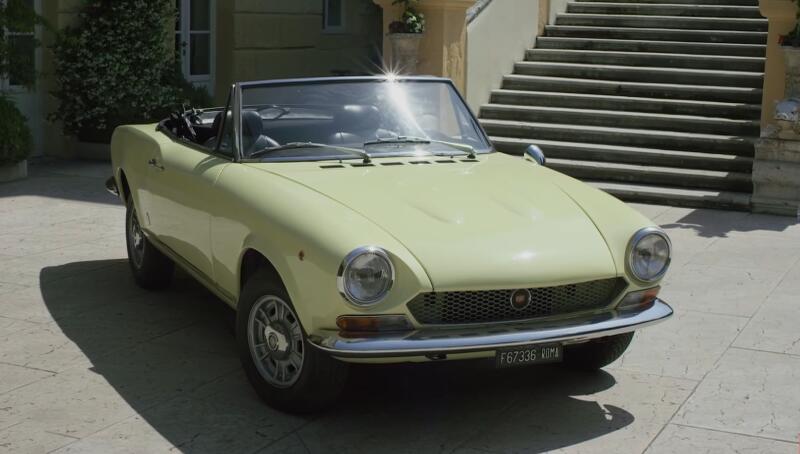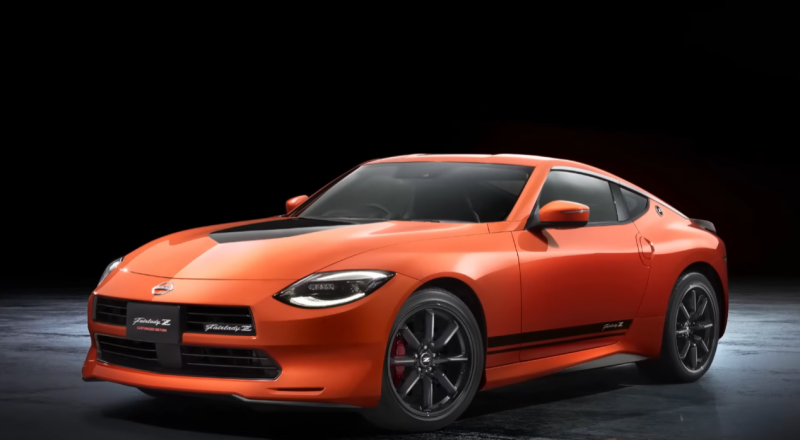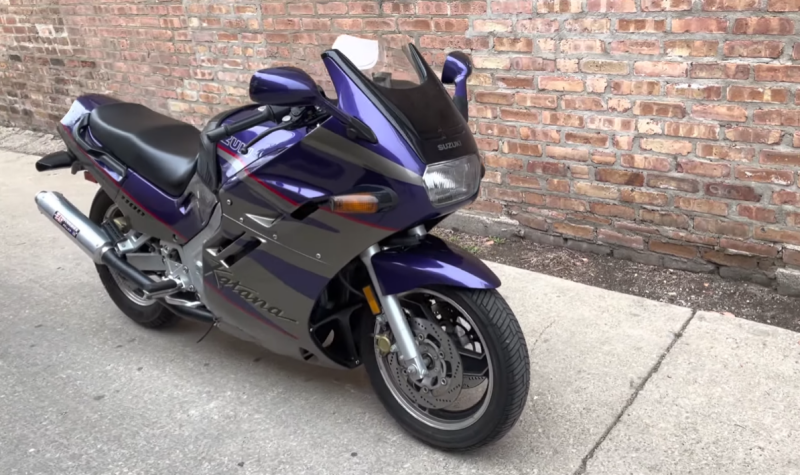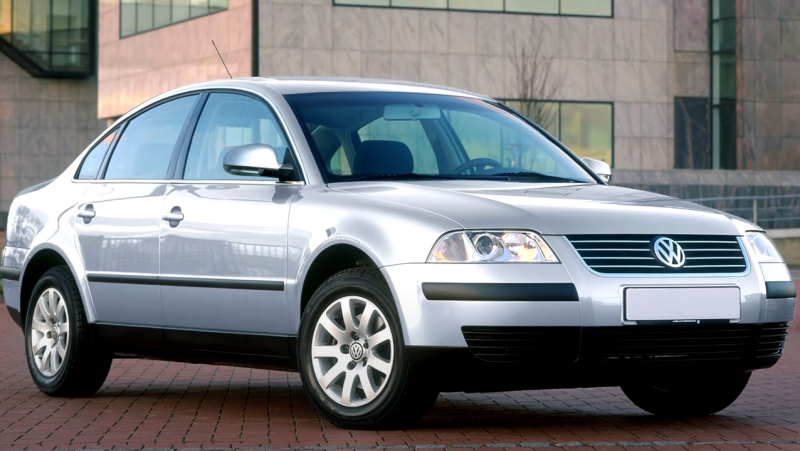The second half of the 60s brought fame to Moskvich not only within the country, but also abroad. First of all, this was facilitated by the grandiose performances of cars of this brand at international rally competitions. They learned about the brand in capitalist countries and many wanted to get an inexpensive, unpretentious and reliable car. So in these times it became possible to export the "408th" and "412th" models to a number of countries in the capitalist world:
✅ France
✅ Belgium
✅ Great Britain
✅ Scandinavian countries
Good demand for "Muscovites" remained in friendly states, such as the GDR or Bulgaria. Against the backdrop of such a dynamic development of the automobile enterprise, restylings of old models and the design of new ones were planned and carried out. Each of the AZLK models produced at that time had a number of modifications. Among them, passenger-and-freight body options stood out. They existed in two types: a passenger compartment with an increased luggage compartment (station wagon) or a van-type body.
 This is what the front of the Moskvich-427 looked like after restyling. Photo: youtube.com
This is what the front of the Moskvich-427 looked like after restyling. Photo: youtube.comToday we will recall four Moskvich models of the late 60s - early 70s. All of them had cargo-passenger bodies and were designed on the basis of the main models of the plant. They had minimal differences from each other and were maximally unified with the "408th" or "412th".
The first Soviet serial station wagon "Moskvich-426"
In early September 1964, at the plant, which was then called MZMA, the production of a new generation model, Moskvich-408, started. In parallel, during the year (1966/67) 4000 cars of this model were manufactured at the Izhevsk plant. It was not only eagerly awaited by local motorists, but also bought by many foreign dealers. The best way to tell about this is the numbers showing the amount of exported products:
✅ 1965 - 45% of the total
✅ 1967 - more than half of the cars produced
✅ 1969 - two thirds of the total production (including the "412th" model)
Such excellent dynamics contributed to the emergence of many modifications. So in the year of overcoming the 50% mark of cars for export, the first Soviet station wagon rolled off the assembly line of the Moscow plant. They became "Moskvich-426". The following year, the plant received the usual abbreviation for us in the name - AZLK. The release of the model lasted almost 10 years.
The utility vehicle was a very popular option both in rural areas and among those who often transported small consignments of goods.
For example, it was quickly chosen by merchants of citrus and other fruits. It also suited perfectly for small-scale commerce, which (as if) did not exist in the Union.
 "426th" - the first station wagon of the USSR. Photo: youtube.com
"426th" - the first station wagon of the USSR. Photo: youtube.comThe design of the cars of the first five years of production had a noticeable external difference at the rear. They were a double-leaf design of the tailgate. It opened like a book: up and down. Starting in 1972, it was replaced with a one-piece. Now the wide door opened up. This change was made at the request of users who drew attention to the inconvenience during loading and unloading. Another reason for these changes was the technological moment: a single door was easier to manufacture and easier to maintain.
Unification with the base "408" was the maximum. This was the basic rule for establishing uninterrupted mass production of several car modifications at once. The main differences were in the rear:
✅ extended body
✅ modified configuration of the rear of the car
✅ the presence of the fifth door
Otherwise, there was a striking unity: an identical front view, trim and the same 1,4-liter engine under the hood. Given the design features, the crew of the "426th" had 3 variations:
✅ 5 passengers
✅ 4 passengers and 100 kg of cargo
✅ 2 passengers and 250 kg of cargo
The person who created this station wagon was Yefim Mastbaum. Additional body space at the rear (under the luggage), the designer provided for the "reserve" and tool box. In addition to the basic one, there were a large number of assembly options:
✅ medical car (426M)
✅ export copy (426Э)
✅ right-hand drive car (426P)
✅ universal taxi (426Т)
✅ southern version of the cabin (426Yu)
The modernization of the series, which took place in 1969, added the phrase "IE" to all the basic modifications of the model. True, this did not affect the appearance of the car at all. The 426th was discontinued in 1976, due to the departure of the main model from the assembly line.
Van, unified with "Moskvich-408"
In parallel, the production of another modification was launched - a cargo van. Its production years correspond to the wagon double. And the main differences between them were noticeable only in the rear.
 Export version of "Moskvich-433" of the early 70s. Photo: youtube.com
Export version of "Moskvich-433" of the early 70s. Photo: youtube.comTo give the van a cargo look, the doors of the second row were welded tightly. Sometimes another manufacturing option was used with an initially three-door body. The rear windows were also missing. They were replaced by stylish corrugated metal panels. The same was done with the rear window. True, on cars of later releases, the rear window, for aesthetic and practical purposes, was returned to its place. A more interesting story developed with the evolution of the headlights and grille:
✅ until 1969 - two-headlight design
✅ the export version of those years was four-headed
✅ after 1969 - rectangular headlights with fine grille pattern
✅ 1971 and 1973 - restyled cars with a large grille pattern
Vans were also exported and made for left-hand traffic (right-hand drive). The differences of the "433rd" were the rear wings of a one-piece design and a blank partition between the passenger and cargo compartments. True, over time, in order to provide access to the cargo from the driver's cab, it was replaced with a low side at the level of the seats.
Station wagon and van based on Moskvich-412
The station wagon of the "427th" model outwardly could not be distinguished from its predecessor. In principle, their release was also carried out completely synchronously. Therefore, to tell who is standing in front of you now, you would have to lift the hood. After that, everything fell into place. After all, the second model of the Soviet station wagon was equipped with a more powerful engine from the 412th.
 "434th" with a "panel-wagon" body. Photo: youtube.com
"434th" with a "panel-wagon" body. Photo: youtube.comAn updated Moskvich-434 van also appeared on the basis of the station wagon. In his case, the same feature was present: complete external compliance with the "big brother". The only difference was also in the power plant. "Thirty-fourth" assembled the Ufa UZAM-412:
✅ working volume - 1478 cubic meters. cm
✅ power - 75 liters. With.
✅ Gearbox - 4-speed "mechanics"
Among the modification options, there was the same set as the predecessor. The only difference is the fact that the right-hand version of the van was now sometimes used as a mail car. This was done for the safety of the postman, who often had to get out of the cab and go into it. In this arrangement, such actions were carried out in direct contact with the sidewalk.
Over the years of production, more than 40 thousand different vans of the “434th” model were manufactured at two factories. It was a little more than its predecessor (approx. 33 thousand). Interestingly, Finnish taxation led to the fact that the export version of cars for this country had a 3-door body.
 "Moskvich-2140", which appeared in 1975. Photo: youtube.com
"Moskvich-2140", which appeared in 1975. Photo: youtube.comIn 1975, the plant mastered a new "twenty-first" series of cars. They were also popular with buyers. True, mainly due to the shortage of cars in the country and the former "Moscow" glory. The brand was losing competition to the Zhiguli, and its decline was approaching. Will the program proposed by Moscow Mayor Sobyanin this year bring Moskvich back to its former glory? The answer to this question will be given by the future.

